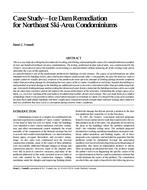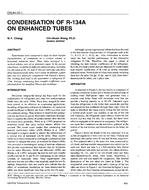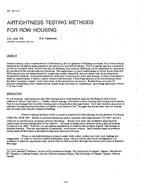Community-scale energy planning represents a multidiscipline problem involving the competition of many economic, environmental, energy security, and logistical requirements. This complex problem is routinely faced byU.S. military installations, both domestic and abroad, and can result in unnecessary financial and personnel costs if a suboptimal solution is chosen. In response to this problem, the U.S. Army Corps of Engineers (USACE) has developed a community-scale, mixedinteger linear programming (MILP) based model to assist in the selection of energy supply and distribution equipment and to determine optimal schedules of operation. The model was developed to minimize the total annual equivalent cost of providing thermal and electric power to clusters of buildings by selecting from existing or potential equipment using a fully centralized, fully decentralized, or hybrid approach, while meeting all other required constraints. This paper describes the model (with an emphasis on its unique elements in relation to similar existing models), its limitations, and considerationsfor future work.
Citation: ASHRAE Transactions – Volume 120, Part 1, New York, NY
Product Details
- Published:
- 2014
- Number of Pages:
- 18
- File Size:
- 1 file , 1.5 MB
- Product Code(s):
- D-NY-14-012


